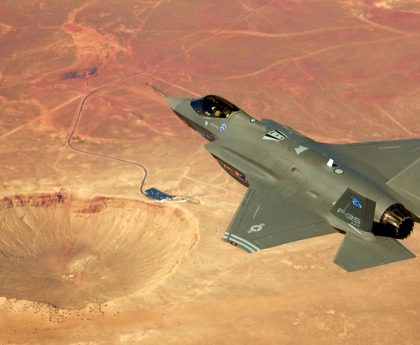ISLAMABAD: Pakistan, in collaboration with China, launched its first-ever lunar mission, iCube-Qamar, from the Chinese city of Hainan on Friday, with authorities saying the satellite will orbit the moon as part of Beijing’s Chang’e-6 space mission.
The launch of the satellite on board a Chinese Long March5 Y8 rocket was shown live on Pakistani TV stations and Chinese state television.Pakistan Prime Minister Shehbaz Sharif and President Asif Zardari congratulated the nation and its scientists for launching their first lunar orbit mission.
Khalil Hashmi, Pakistan’s top envoy in Beijing, who was present at the launch site, confirmed on X that the activity was “successful”. “It (satellite) will be deployed in Moon orbit on May 8,” he added.
Authorities said Pakistan’s Institute of Space Technology (IST), in collaboration with China’s Shanghai University and Pakistan national space agency SUPARCO, jointly developed the iCUBE-Q, or CubeSat.
CubeSats are miniature satellites typically characterised by their small size and standardised design. They are constructed in cubic shape, often weigh no more than a few kg, and are deployed in space for various purposes.
Weighing around 7 kg, the iCUBE-Q orbiter carries two cameras to take images of the lunar surface and has other sensors and apparatus for deep-space communication, altitude control, and other functions.
The primary criteria for mission success, officials said, will be achieved with the successful separation of the iCUBE-Q from the Chang’e-6 Orbiter. Following separation, the secondary criteria will involve the satellite receiving a beacon signal that will confirm that the orbiter is working satisfactorily.
Finally, the orbiter will take pictures of the Earth, and Moon and try to take pictures of at least two objects together (Earth, Moon, and the orbiter).
As part of data collection, authorities said, iCUBE-Q will also collect data on the lunar magnetic field, establish a lunar magnetic field model, and lay the groundwork for future missions and international lunar cooperation.
Dr Khurram Khurshid, a senior member associated with Pakistan’s space programme, said the satellite will reach the lunar orbit in five days and will circle the moon for three to six months.
He added that different pictures of the surface of the moon will be taken with the orbiter’s help, after which Pakistan will have its own satellite images of the Moon for research.
This post was originally published on 3rd party site mentioned in the title this site








